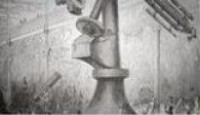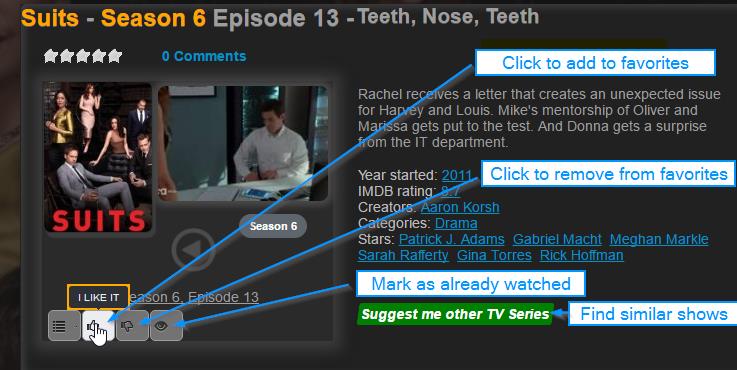Victorian Sensations - Season 1 Episode 3 -
Seeing and Believing
In the final episode of this series, psychotherapist Philippa Perry time-travels back to the 1890s to explore how the late Victorian passion for science co-exists with a deeply held belief in the paranormal. Using a collection of rare and restored Victorian films from the BFI National Archive, she shows how the latest media innovations made use of contemporary ideas of ghosts and the afterlife – and how this ‘new media’ anticipated today’s networked world.
The final years of Queen Victoria’s reign are a moment when the old Victorian order rubs shoulders with the beginnings of our modern world. This is a chaotic, febrile time of discovery and innovation in science and technology, entertainment and art, and the Victorians have to make sense of it all.
Philippa finds out how Marconi’s early experiments with wireless telegraphy encouraged speculation amongst the public and scientists that telepathy – communication between minds – would be the next scientific breakthrough. She also replicates eminent physicist Oliver Lodge’s pioneering experiment with radio waves and discovers his fascination for exploring the paranormal with the Society for Psychical Research (SPR). This Victorian group of ghost hunters includes William James, a pioneer of psychology, biologist Alfred Russel Wallace and even Prime Minister William Gladstone. Buried in the archives of the SPR in Cambridge University Library, Philippa finds an incredible Census of Hallucinations that contains 17,000 ghostly encounters sourced from the Victorian public.
Maybe it’s not surprising that people of the age saw so many ghosts because, in a sense, spirits do haunt the Victorian home. Every Victorian innovation - from photography to motion pictures, phonographs to fantasy books – had its own supernatural genre. Arthur Conan Doyle, creator of the hyper-rational Sherlock Holmes, drew on his real-life experience as a ghostbuster to write his ghostly fiction. Philippa learns the art of spirit photography from Almudena Romero and poses for her own ghostly picture as well as exploring a rare private collection of phonographs, the recent craze that allowed Victorians to hear communications from the past and listen to their loved ones after their deaths for the first time.
Philippa also explores the impact of the arrival in 1896 of motion pictures, the decade’s greatest and most magical media innovation. BFI curator Bryony Dixon shows her restored Victorian trick films, from the funny and feminist to a disturbing fake execution. Philippa then creates her own homage to the Big Swallow trick film and eats the cameraman.
The boundary between fact and fantasy was often blurred, and sensationalism infused the new tabloid journalism. At Cambridge University’s Institute of Astronomy, Philippa learns about other forms of long-distance communication and the flurry of press interest in stories from Mars. Dr Joshua Nall reveals that some of the greatest public figures of the decade, from Nikola Tesla to Sir Francis Galton, were convinced that signalling with Martians was possible. HG Wells’s story The Crystal Egg takes up this theme and predicts future media developments and the power of communications. And even Queen Victoria herself takes advantage of the globally networked world that was emerging to allow the film cameras in to capture her triumphant Diamond Jubilee procession for all her imperial subjects. The jubilee is the first global mass media event and the footage captures the essence of the 1890s: the old Victorian order with an empire and an empress, rubbing shoulders with a world we recognise: a modern one of film cameras and global communications. This was the decade the future landed.
Max 255 characters.




